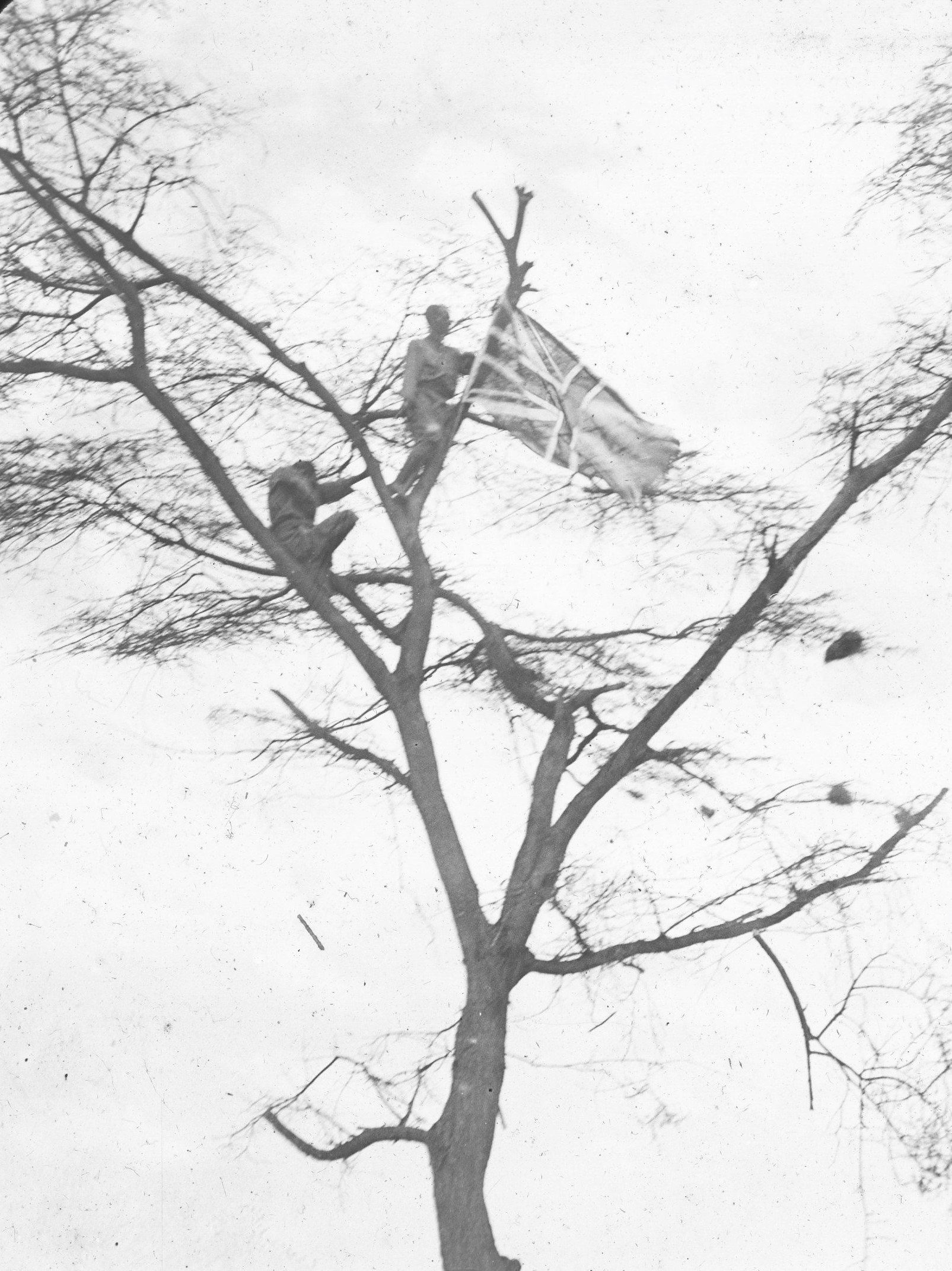
Decolonial Display Practices
By Zakiya Whyles
My display, styling and build for an exhibition heavily relies on context from the perspective of the people of the Ituri forest. The display is speculative, and this essay is an opinion piece on the Harrison Collection and ways to redisplay it to the public. For these reasons, elements such as budgeting and sourcing will not be considered. This is an exhibition in which it is assumed that there is full creative freedom.
Decolonial display practices shift according to context, supplemented with intellectual discourse. Good decolonising practice, in short, should include:
• primarily giving agency to the subjects, they are people with stories to tell and knowledge to share, it is to give them basic humanity and dignity.
• attracting the attention of the public, in this case the people of Yorkshire. This exhibition display is not to shame or diminish their civic pride, but to share the impact of history. It is to provide a sense of empathy and solidarity with the colonial subjects, their land and animals.
• being contextual, outlining the situation in Congo today and how the attitudes and actions of colonial actors and governments have very real impacts on the lives and futures of the human beings that live there.
In Chinua Achebe’s trilogy of books - Things Fall Apart, Arrow of God and No Longer at Ease - we follow the narrative of a tribesman. In the case of Arrow of God, we follow Edeuzu, the chief priest of a village located during the interwar years in the southern Niger delta. We are taken along with this character, who leads us through his life, thoughts and customs, and through him, the reader is shown the process of subjugation, British imperialism and the over-arching reach of colonial government institutions. What is to be noted is that Achebe never explicitly states that colonialism is bad, but encourages the reader to empathise with colonial subjects that help them make judgements that European modes of imperial control were violent, disrespectful and patronising.
Using this same approach, I would like to display the Harrison Collection with a focus on the Bambuti people he toured across England and Germany, as symbols of subjugation and derision, from the perspective of the Bambuti people who temporarily became part of this “collection”, to encourage empathy for these subjects.
Displaying the collection
I propose this mock-up of the exhibition space. It includes two domes, one of which would be only half a dome. It would be fitted with a number of projectors and speakers to create an immersive effect which would envelop the visitor within the exhibition space.
Figure 2: The mock-up part 2 - a transverse perspective
Figure 3: The Congo
The first room, named Congo, is a room that introduces the visitor to the Congo region with an emphasis on its history of exploitation by imperial powers. It is an informative room with image and text pairs, exploring the vast resource-rich land, the wars over these resources, and the displacement of the people of Congo, especially in the modern age. This is not to paint the Congo as poor but to contextualise it, and the devastation it has experienced.
Figure 4: The Ituri Room
The second room, The Ituri, is where the display really comes to life. The Bambuti of the Ituri Forest in north-east Congo have been inhabitants there for hundreds of years. This room would be fitted with surround sound speakers, generating recordings of the forest itself. There would be projections of the night sky onto the dome, and images of the forest onto the walls. The narration would start in this room, told by a member of the group that were taken to Scarborough. It will introduce the narrator, their role in the tribe, and their customs. This would ideally be a Congolese person with knowledge of the tribe and their story-telling customs. The black boxes on the walls are the speakers and the projectors.
Figure 5: The Short Haul
The third room would be about the journey, the “short haul”, in reference to the indigenous people of the Ituri forest traveling across the world. Behind the glass will be projections of the people who came out to stare at them, the walls would be decorated with the decorative styles of the time. The yellow walls are where the projections would be displayed.
Figure 6: The Long Hall
The fourth room, or hall, will be from their time in Scarborough. Like the previous room, it will be covered in photos of the Ituri people and in front of the glass wall, projections of Edwardian Yorkshire men and women who came out to see them perform. The purpose is to make the visitor feel empathy with the subjects, that being a spectacle is dehumanising. All this would occur with voiceover from our narrator who follows the visitors, recounting the experience of the subjects under scrutiny. The yellow wall is where the projections would be.
The fifth and final room would display the Harrison collection alongside AI-generated moving pictures of the Bambuti. These would be taken from the photographs from their original visit to England, but here it is they who would be looking around at the visitors, as if it is them who are now the Edwardian people who paid to see them. The boxes on the wall represent the collection and photos.
About the author:
Zakiya Whyles - is an MA Arts Management student at the university of Leeds, who specialises in contemporary Afro and Afro diaspora art. They have spent time in the Netherlands studying at Leiden University, the oldest and most prestigious university in the Netherlands, and home to some of Europe's earliest collections of art, books and exotic plants. Zakiya intends to work with African and Afro diasporic artists across the world, curating and managing in different ways, combining technology in display, management and practice.

